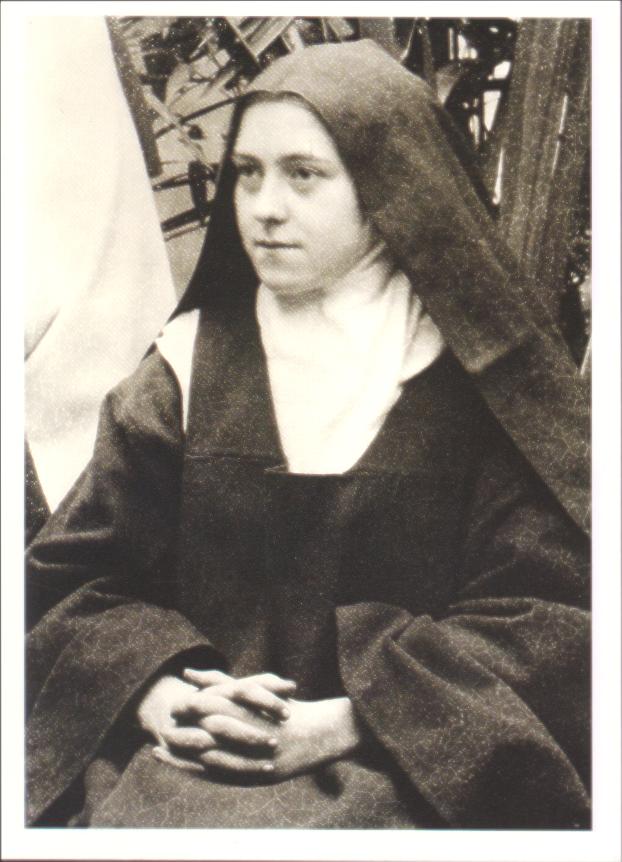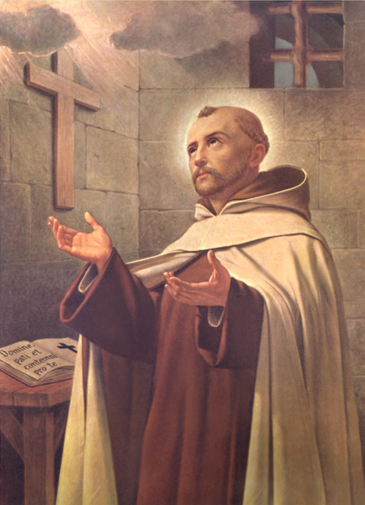
St. Therese

St. John of the Cross
The Carmelite Order developed from a single community of hermits, whom we first hear of living “after the example of that holy man and solitary prophet Elijah” on Mount Carmel, in Palestine, in the early years of the thirteenth century. They were Latin (i.e., European) Christians, and about the year 1210 they were given a rule of life by St. Albert, Latin Patriarch of Jerusalem. Their chapel, and therefore, according to the feudal mentality of that age, their whole institute, was dedicated to Our Lady. Carmelites have always regarded themselves, then as sons and daughters in a very special way of the Blessed Virgin, and also of Elijah, whom scripture associates intimately with Mount Carmel (CL. 1 Kings 18).
From about 1238, hermits from Mount Carmel began establishing communities in various parts of Europe; and in 1247 their rule of Life, now solemnly confirmed by the Holy See, was adapted to meet the needs of an Order spreading throughout Christendom. In the course of the second half of the thirteenth century, circumstances conspired to lead the Carmelites ever further from their hermit origins, and they finally became a mendicant Order, modeling themselves in many ways on the
Dominicans, though the old hermit way of life was not forgotten and never completely died out; indeed it was ever present to them in their rule.
In 1562, however, a Spanish Carmelite nun, known to us as St. Teresa of Avila, assisted by another great Carmelite, St. John of the Cross, established what was to become a completely new branch of the Carmelite Order; the Discalced Carmelites. (“Discalced” comes from the Latin word meaning “unshod,” and they were so called because the most distinctive thing about their appearance was that, in token of their more austere way of life, they wore rope sandals of the poor in place of leather shoes). The Discalced Carmelites, both nuns and friars, aimed at a more retired and contemplative form of life in keeping with the spirit of the original thirteenth-century rule.
Thus it is that today there are two branches of the Carmelite family: the Ancient Observance (O. Carm) and the Discalced (O.C.D). Each branch has Secular Order members.
The Secular Order of Discalced Carmelites “welcomes those of the faithful who, by special vocation, undertake to live in the world, an evangelical life of fraternal communion imbued with the spirit of contemplative prayer and apostolic zeal and according to the example and teaching of the Carmelite saints” – of whom perhaps the best known of all is St. Thérèse of Lisieux, the “Little Flower”, who died in the Discalced Carmelite Monastery of Lisieux, France, in 1897.
